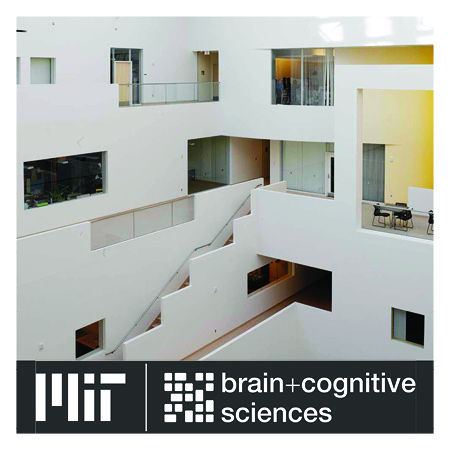
BCS Computational Tutorial Series: Statistical Inference on Representational Geometries
Description
Tutorial on statistical inference for representational geometries using the rsatoolbox
Representational similarity analysis (RSA) is a popular method for comparing representations when a mapping between them is not available. One important comparison RSA is used for is between neuronal measurements and models of brain computation like deep neural networks. RSA is a two step process, first a matrix of pairwise dissimilarities between conditions is computed. This matrix is then a summary of the representational geometry, which can be compared directly between different representations as it has the same dimensions. In the first half of this tutorial, I will go through some recent advancements for RSA that improve the reliability and statistical accuracy of RSA substantially: First, I will explain the reasoning for cross-validated distance measures for computing the dissimilarity matrix and for whitened similarity measures to compare them to each other. Then, I will explain why simultaneous generalization to new subjects and new stimuli is hard and a solution based on bootstrapping. And finally, I will explain necessary cross-validation based extensions for flexible models. In the second half of this tutorial, I will give a guide how to run these analyses using our new rsatoolbox in python by going through demo notebooks that illustrate the functionality.
Heiko Schütt (NYU/Columbia)
https://heikoschuett.github.io/

